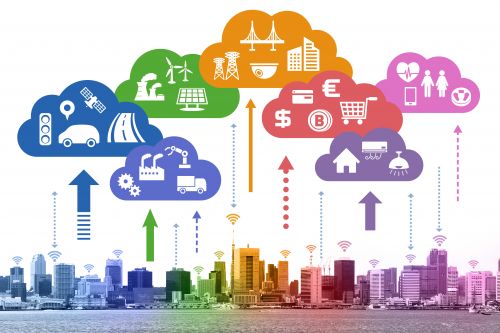Ted Katsouras
New Member
- Joined
- Apr 19, 2020
- Messages
- 30
With the EV's we are still going thru growing pains, during the 4th of July weekend I stopped on frwy 5 central valley California for gas, that exit had only 6-7 gas station with food next to them and also 2 rows of Tesla fast chargers, people were going from gas station to gas station until I realized there was no power, it was a hot day with all the ACs running and the Tesla fast chargers you can imagine what happen.
In Arizona it is a different story you hardly see an EV on the road mostly because the Li-ion battery will last a couple of years due to high temperatures, when the EVs come with LFP batteries will be a different story.
In Arizona it is a different story you hardly see an EV on the road mostly because the Li-ion battery will last a couple of years due to high temperatures, when the EVs come with LFP batteries will be a different story.



